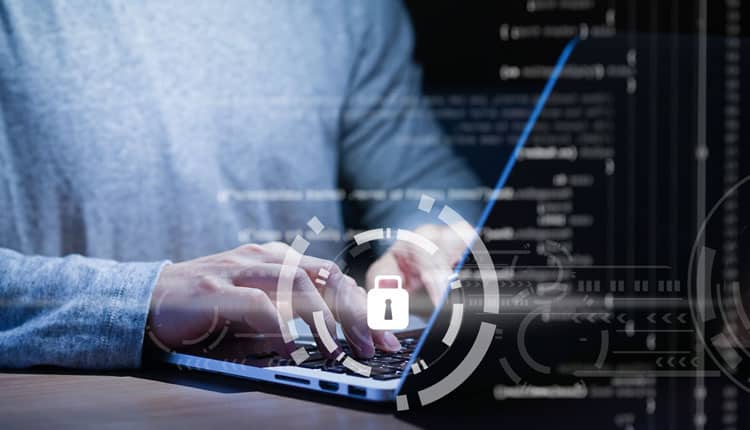By Neelesh Kripalani, Sr. VP & Head- Center of Excellence – Clover Infotech
As we head into a new decade, it’s obvious to think about what the future will have in store for us. The year 2020 will be the one that everyone would like to forget. From a cybersecurity perspective too, this year was buzzing for all the wrong reasons. While the world was focused on the health and economic threats posed by COVID-19, cyber criminals around the world were capitalizing on this crisis.
However, to forget the events of the year and move on without learning will be a big mistake which one should avoid. Here are the 5 cybersecurity trends that you should track in order to beef up your cybersecurity.
1. Cloud-based Cybersecurity: Covid-19 has fast-tracked the shift towards cloud adoption in 2020 and as a result, cloud-based cybersecurity has evolved along the way too. Organizations traditionally kept their networks secure by locally installing anti-virus, anti-malware and other software. However, with increased cloud adoption and improved sophistication of cyber-attacks, these conventional security mechanisms are no longer sufficient. The use of a cloud-based cybersecurity strategy offers a whole lot more benefits than traditional security strategies, especially if your network is cloud-based.
2. ‘Zero Trust’ Cybersecurity (Never Trust, Always Verify): Every organization, irrespective of their size, can fall prey to cyber-attacks. The traditional approach to cybersecurity relies upon barriers (aka firewalls) that control traffic coming in and out of a network. The problem with this approach is that with the explosion of cloud computing, we are more globally connected than ever before. Thus, adopting ‘Zero Trust’ approach makes more sense as it assumes no barriers i.e. don’t trust anything by default, starting with the network. ‘Zero Trust’ ensures that critical assets can only be reached by those offering proof positive that they have the credentials, identity, and need to access them.
3. Security Operations Center (SOC) becomes the necessity: Security Operations Center (SOC) is a centralized unit dealing with high-quality IT security operations. As opposed to a traditional IT department, the SOC team comprises of highly experienced cybersecurity analysts and trained engineers. Considering the evolving nature of cyber-attacks, it will become imperative (especially for large organizations) to form a SOC team that can help to stay ahead of potential threats.
4. AI-enabled Cybersecurity: To keep up with the rate and speed of cyber-attacks is extremely difficult for humans. Thus, using technologies such as AI to beef up cybersecurity and improve the rate of responding to attack is more of a necessity than a matter of choice. Unlike humans, bots are very good at repeating the same tasks a million times. Although Cybersecurity is benefitting from the use of AI (and its subsets- ML and DL) to stem the flow of cyber-attacks, due diligence by cybersecurity experts should also be done periodically in order to ensure that there is no glitch that can be exploited by hackers.
5. Data Analytics: The advantage of digital is the availability of the data. This data could help organizations to stay one step ahead of hackers. Data Analytics (or Big Data Analytics) can be one of the most effective tools to prevent cyber-attacks. If used correctly, this data can help to identify anomalies in user behaviour, network activities etc. which can be useful to detect and respond to cyber-attacks better.
Last but not the least…Be proactive!
Cyber risks are here to stay and they are going to rise (as it only takes one bad click to breach your system). However, another fact is that your approach to cybersecurity will decide the impact of a cyberattack. There is enough data available to prove how proactive approach to cybersecurity has helped organizations to minimize the impact of attacks as compared to the ones with reactive approach as they were caught completely off guard. Unfortunately, typically it takes a breach to get the cybersecurity ball rolling in the organization. This needs to change in 2021 and cybersecurity experts from SMEs to large enterprises need to focus on the entire threat lifecycle in a proactive manner.

